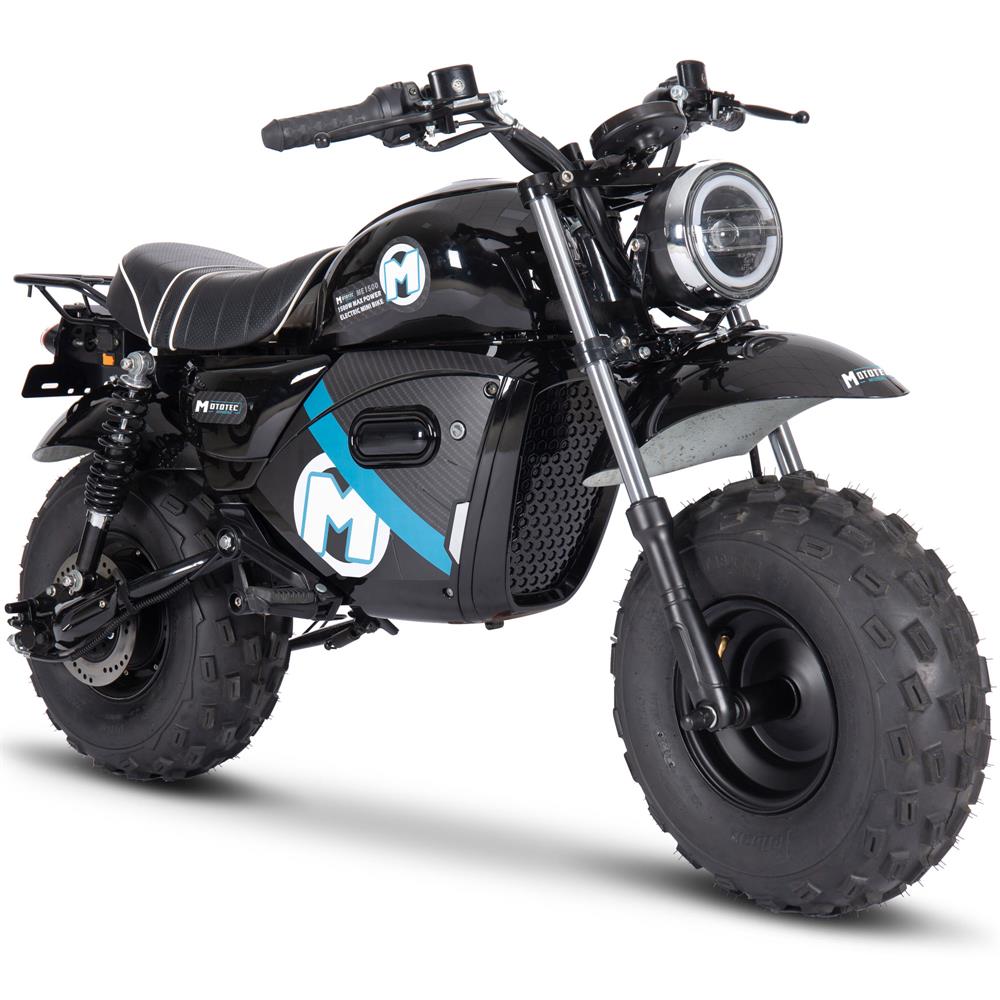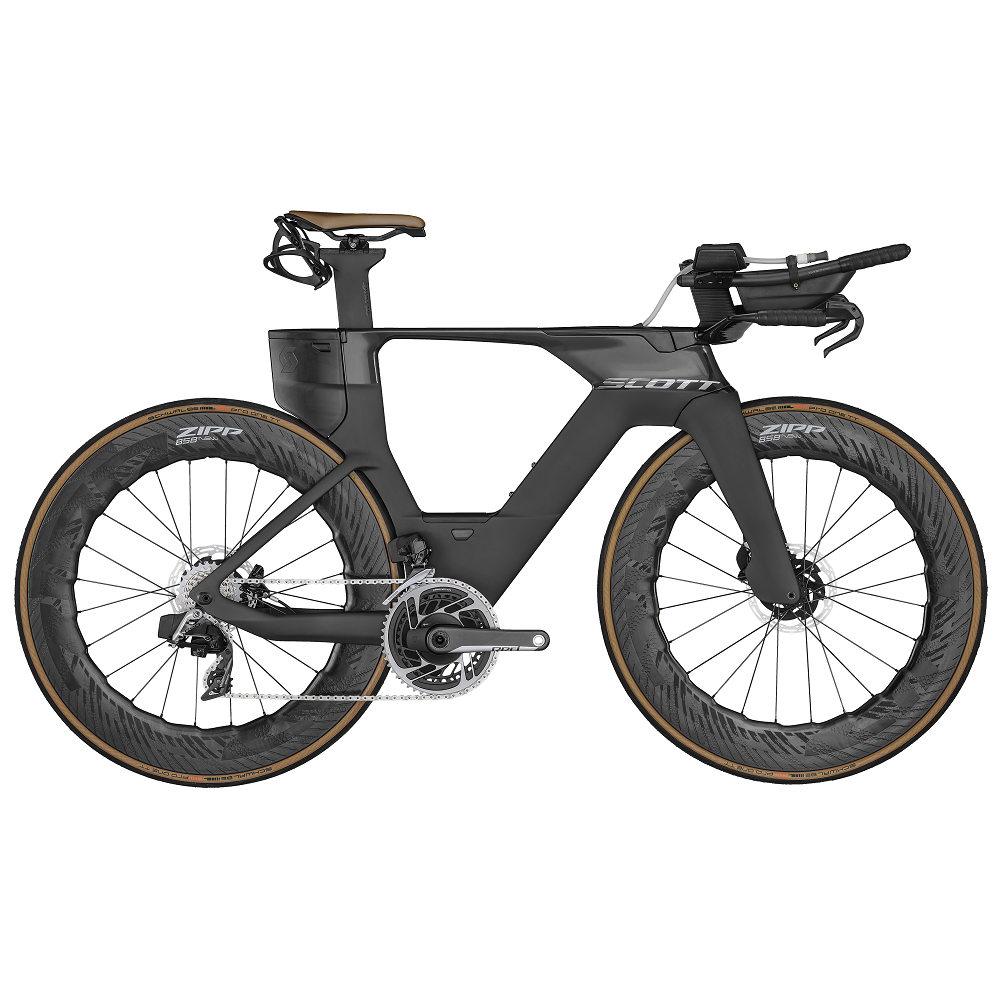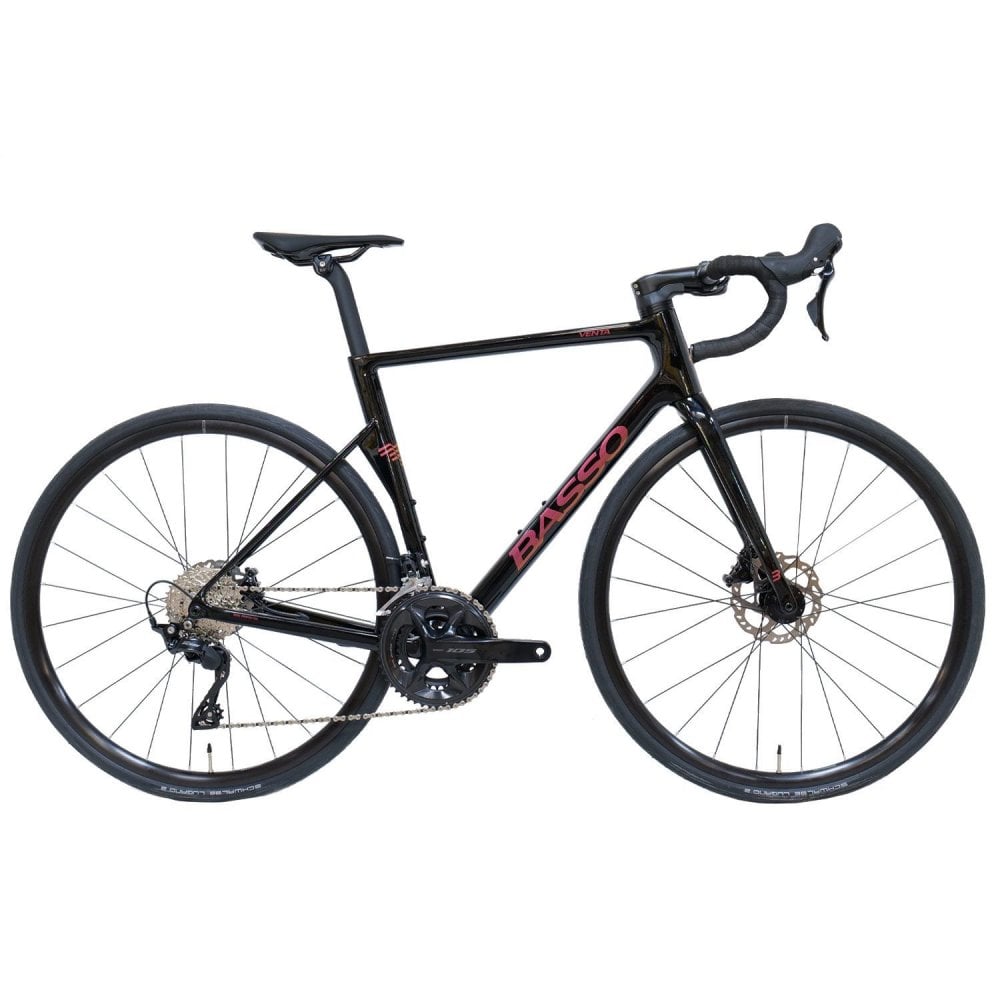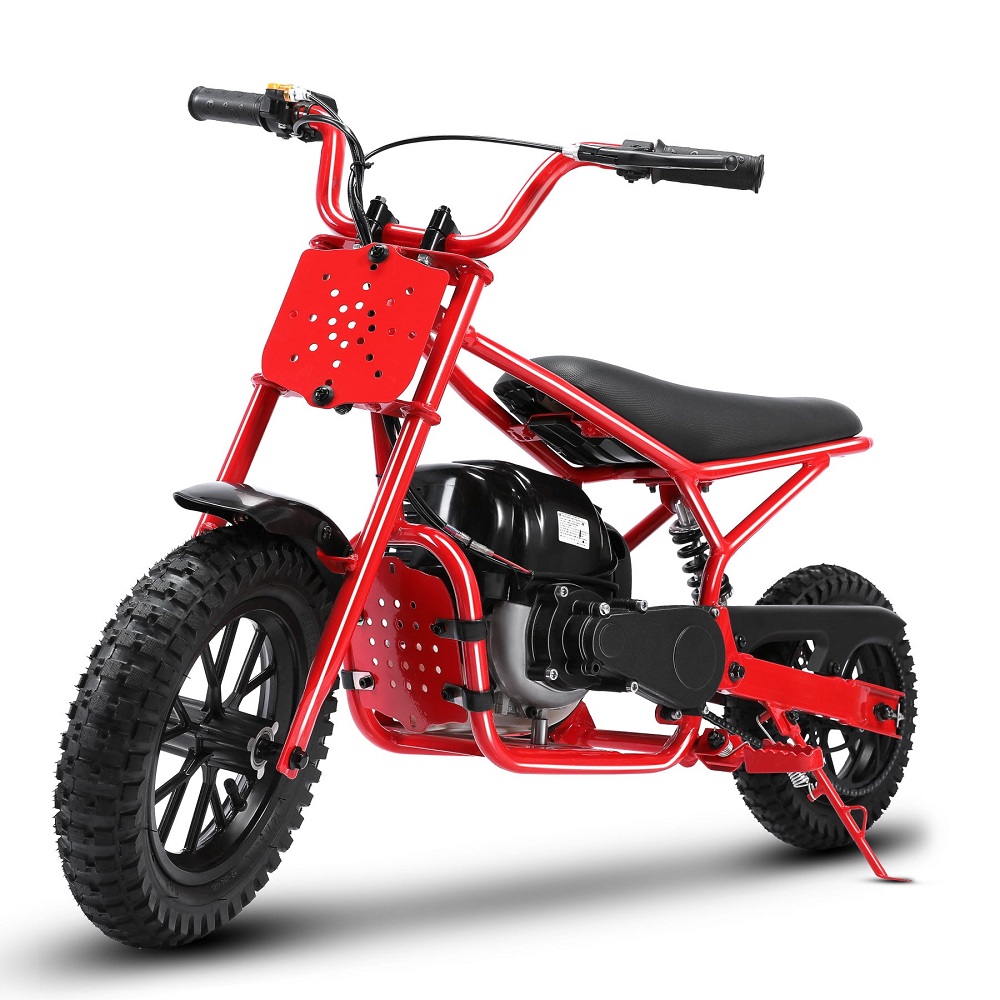Investing in a high-quality road bike can be a significant financial commitment. Prices for top-tier models can range from a few thousand to tens of thousands of dollars. For many enthusiasts, the cost raises an important question: what justifies such high prices? This article will explore the elements that contribute to the cost of expensive road bikes, highlighting materials, technology, craftsmanship, and the cycling experience that differentiates high-end bikes from more affordable options.
The Anatomy of a Road Bike
Understanding the anatomy of a road bike is key to grasping its high cost. Road bikes are built with precision and advanced materials. Every component contributes to performance and durability. Here’s why these bikes are a significant investment.
High-Quality Frame Materials
The frame is the foundation of the bike. Most expensive road bikes use carbon fiber, titanium, or lightweight aluminum. Carbon fiber is strong and reduces weight for better speed and handling. Titanium offers durability and a smooth ride but comes at a high cost. Manufacturers often invest in advanced techniques to mold these materials. These processes add to production expenses, making the bike pricier.
Advanced Gearing and Components
High-end road bikes feature advanced gearing systems. These systems allow quick and precise shifts. Components like derailleurs, chainrings, and cassettes are made from lightweight and durable materials. Popular brands like Shimano and SRAM invest in research to improve performance. High-end groupsets can cost hundreds to thousands of dollars. This precision engineering contributes to the overall bike expense.
Braking Systems and Technology
Modern road bikes feature advanced braking systems for rider safety. Hydraulic disc brakes offer better stopping power and control. These systems perform well in all weather conditions. However, they are more expensive to produce than standard rim brakes. Advanced braking technology enhances rider confidence but adds to bike costs.

The Role of Research and Development Costs
Understanding the significance of research and development costs explains why expensive road bikes exist. Continuous innovation drives these prices higher. Brands invest heavily to create better-performing bikes.
Innovation in Aerodynamics
Aerodynamics play a crucial role in road bike design. Engineers focus on reducing air resistance for greater speed. Advanced wind tunnel testing helps manufacturers refine bike shapes. These tests ensure bicycles achieve optimal performance. Unique frame designs are developed specifically to enhance airflow. Precision production techniques further contribute to high costs.
Aerodynamic features often prioritize speed over affordability. Specialized components improve rider efficiency but require intensive R&D. These innovations explain why expensive road bikes dominate the market.
Continuous Testing and Engineering Improvements
Top road bike brands continually test and refine their designs. Rigorous testing ensures bikes perform under extreme conditions. Materials are evaluated for weight, strength, and durability over time. Engineers tweak components to maximize longevity and rider comfort.
Precision engineering leads to better shifting and braking systems. Developing these improvements demands significant financial resources. High standards keep brands competitive but increase production costs. Expensive road bikes reflect these ongoing efforts in testing and development.
Branding and Prestige
Branding and prestige play a major role in making road bikes expensive. Renowned bike manufacturers often command premium prices due to their established reputation. The trust and credibility associated with these names drive up their product value.
The Influence of Recognized Brands
Recognized brands like Trek, Specialized, and Pinarello dominate the high-end road bike market. These companies have years ofand innovation behind their names. Consumers see these brands as symbols of quality and performance. Owning a bike from a top brand is often viewed as a status symbol, adding to the allure.
Additionally, trusted brands often invest heavily in marketing, sponsorships, and technology development. These efforts reinforce their superiority in the market. While these investments improve their products, they also raise bike prices.
Price Justification Through Reputation
A strong brand reputation often justifies the premium price of expensive road bikes. Buyers willingly pay more for reliability, cutting-edge technology, and superior performance. Experienced cyclists know these brands have proven track records in competitions and testing.
Moreover, prestigious brands consistently offer top-notch customer service and extended warranties. This reassures buyers that they are making a worthwhile investment. The combination of reliability, advanced features, and brand prestige elevates the overall cost of these bikes.

Manufacturing and Production Costs
The cost to produce expensive road bikes is another key factor to consider. Crafting these bikes involves intricate methods and premium tools. Let’s explore why manufacturing costs make these bikes so pricey.
Handcrafted vs. Mass-Produced Frames
High-end road bikes often feature handcrafted frames instead of mass-produced ones. Handcrafting provides exceptional quality and attention to detail. Skilled artisans precisely shape and assemble these frames, ensuring optimal performance. This process requires specialized expertise and significant time, adding to production costs.
Mass-produced frames, on the other hand, are made in larger quantities using automated machines. While they’re cheaper, they lack the precision and quality of handcrafted ones. Handcrafted frames ensure better alignment, aerodynamics, and durability, making them highly sought after by cyclists.
Specialized Tools and Techniques
Producing expensive road bikes demands specialized tools and techniques. Manufacturers use advanced methods to mold materials like carbon fiber and titanium. For example, carbon layup techniques ensure the frame is lightweight yet strong. However, these processes need high-end equipment, further driving up costs.
Additionally, precision engineering tools are used to craft components like gears and braking systems. These tools ensure tight tolerances and flawless performance. Advanced welding methods and temperature-controlled environments are also used in frame construction. These specialized techniques increase the production expense but enhance the bike’s quality and lifespan.
Manufacturing these bikes requires balancing quality, craftsmanship, and advanced technology. Each step contributes to the high cost of expensive road bikes.

The Importance of Lightweight Materials
Lightweight materials play a critical role in the construction of expensive road bikes. These materials enhance speed, handling, and overall performance, making them a preferred choice for premium bike manufacturers.
Carbon Fiber and Titanium Utilization
Carbon fiber and titanium are the leading lightweight materials used in high-end road bikes. It allows bikes to remain strong while shedding unnecessary weight, improving both efficiency and rider agility. Manufacturers use advanced techniques to mold carbon fiber into aerodynamic shapes, fostering faster rides.
Titanium is another standout material, known for durability and a smoother riding experience. While heavier than carbon fiber, it is resistant to corrosion and wear, making it ideal for long-term use. Bikes made with titanium often feature superior craftsmanship, aligning with their luxury status. Both materials demand high levels of expertise and expensive processes during production.
Balancing Material Durability and Weight Reduction
Achieving the ideal balance between durability and weight reduction is a challenge. Road bikes must remain lightweight without compromising their structural integrity. Engineers carefully select and layer materials to optimize strength while minimizing weight.
Advanced testing ensures these materials can endure high-stress conditions. Components like frames and wheels undergo rigorous quality checks to maximize longevity. Precision in material application contributes to a smoother ride and superior handling.
Lightweight materials are essential for competitive cyclists aiming for speed and efficiency. Their high cost reflects the investment in research, production, and testing that guarantees exceptional performance and durability. This balance is why lightweight road bikes come at a premium price.

Customization and Personalized Options
Customization adds a personal touch to expensive road bikes. Riders can tailor bikes to meet specific needs, making the investment worthwhile. Personalization ensures an optimal riding experience, attracting cyclists who value uniqueness and performance.
Tailored Fit for Riders
A tailored fit enhances comfort and performance. Professional bike fitting adjusts the frame, saddle, and handlebars. This customization ensures proper posture, reducing strain and improving efficiency. Many manufacturers offer size-specific designs or adjustable components to suit riders’ physiques.
Cyclists benefit from custom geometry adjustments, optimizing handling for various terrains. Tailored fits are crucial for long-distance riders and competitive cyclists aiming for peak performance. Personalized setups justify the higher costs of expensive road bikes.
Custom Paintwork and Design Choices
Unique paintwork makes expensive road bikes stand out. Riders can choose colors, patterns, or themes. Custom designs reflect individuality, adding aesthetic appeal to high-performance bikes. Specialized finishes like matte or gloss enhance visual impact.
Some brands offer limited-edition designs for exclusivity. These designs give bikes a luxury appearance, appealing to collectors and enthusiasts. Custom paint and graphics increase production costs but elevate the bike’s uniqueness. This personalization reinforces why road bikes can be so expensive.
The Impact of Marketing and Sponsorship
Marketing and sponsorship significantly influence the cost of expensive road bikes. These efforts enhance brand visibility and credibility, but they come with substantial expenses. Here’s how advertising and sponsorship impact pricing.
Advertising Costs
Advertising is crucial for building a strong brand presence. Road bike manufacturers invest heavily in campaigns that showcase their products’ quality and technology. These campaigns run across various platforms, including TV, print, and digital media.
High-budget advertisements promote innovation, durability, and performance. They often focus on features like lightweight materials and advanced components. These promotional efforts help brands attract a broader audience, from casual riders to professionals.
Influencer marketing also plays a significant role. Professional cyclists and popular personalities endorse premium brands, driving customer trust. These collaborations add credibility but require hefty fees. All these costs eventually contribute to higher bike prices.
Funding Professional Cycling Teams
Sponsoring professional cycling teams is another major expense for leading brands. These teams showcase the brand’s performance capability on a global stage. Events like the Tour de France offer unparalleled visibility and prestige.
Funding involves providing top-tier bikes, gear, and financial support for riders. Brands also fund the research and development of bikes specifically designed for team members. This ensures optimal performance during races.
Participation in high-profile events builds trust and reinforces the brand’s premium status. However, these investments are costly. The success of sponsored teams boosts brand reputation, justifying the premium price tag of expensive road bikes.
Marketing and sponsorship efforts position brands as industry leaders. While they drive product appeal, they also add significantly to the overall cost.
Secondary Costs and Accessories
Expensive road bikes come with additional costs beyond the purchase price. These secondary expenses often catch buyers off guard. Understanding these costs can help riders budget effectively and ensure a better riding experience.
Maintenance and Repair Expenses
Maintaining expensive road bikes requires specialized knowledge and tools. High-end components need regular servicing. Neglecting maintenance can reduce performance and shorten the bike’s lifespan.
Common maintenance tasks include cleaning the drivetrain, adjusting gears, and inspecting the brakes. These tasks ensure smooth operation and safety but can be costly. For example, replacing worn-out parts like chainrings or disc brake pads can add up quickly.
Professional tune-ups are often necessary for high-end bikes. These services check every detail, from wheel alignment to bearing health. Advanced materials like carbon fiber or titanium may require unique repair techniques. Specialized shops charge a premium for handling these delicate materials.
Investing in regular maintenance protects the large initial investment. Riders who prioritize upkeep enjoy a longer-lasting, better-performing bike.
The Cost of High-End Accessories
Accessories for expensive road bikes can be surprisingly costly. Riders often purchase items like advanced cycling computers, GPS trackers, or power meters. These tools enhance training and riding efficiency but significantly increase overall expenses.
Performance-oriented riders also invest in lightweight pedals, aerodynamic wheels, and premium saddles. Each item is designed to improve speed, comfort, or control. However, these accessories use advanced materials and engineering, which drive up their prices.
Safety gear, such as helmets and high-visibility clothing, adds to the list. Competitive cyclists may also buy race-specific accessories like aerodynamic water bottle cages or custom-fit shoes.
Though optional, these high-end accessories appeal to riders seeking perfection. They elevate the biking experience but contribute to the total cost of owning and maintaining an expensive road bike.

Conclusion
In conclusion, expensive road bikes offer numerous benefits that justify their higher price tags. Quality materials, advanced technology, and careful craftsmanship all contribute to the performance and longevity of these machines. Additionally, the investment in a high-end bike can pay off through enhanced riding experiences and improved comfort.
Understanding the various factors that influence bike prices will help you make informed decisions when purchasing. By assessing your needs and preferences, choosing the right fit, and considering eco-friendly options, you can ensure that your investment aligns with your cycling goals.
Ultimately, a premium road bike can provide a transformative experience for any cyclist. Whether you aim for competitive performance or enjoy leisurely rides, the right bike can revolutionize your cycling journey. Embrace the adventure and savor the ride—you deserve it!
